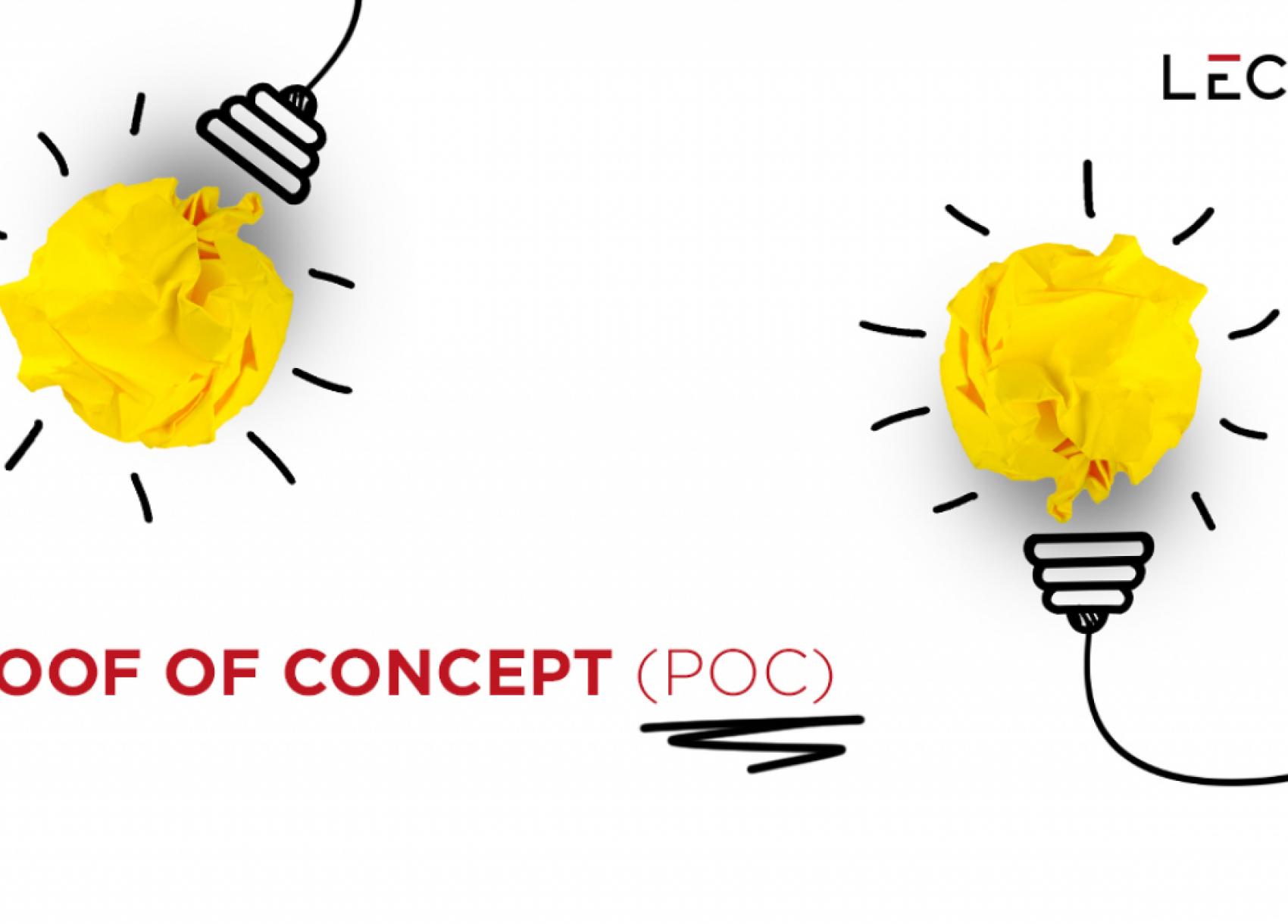Word of the Month is a new series on The Hive where we present concepts or technologies that are meaningful in the work we do.
Proof of concept (POC) is a key element of an innovation process.
It helps demonstrate the feasibility of an idea (product, service, method), understand its value and check its viability before a full-fledged development.
This important step in the journey to a fully functional prototype follows three principles:
- Concrete: moving from an idea/concept/intention to tangible proof
- Fast: rapidly understand if a project should go further or not
- Scalability: only consider the fundamental features
Proof of Concept at Lectra
We use POCs to design new functions for our existing solutions, or for potentially disruptive products and services. They help us check the technical feasibility of a concept (does it achieve a minimum level of performance?), test the target users’ appetite for the concept, refine the design of the product or service, identify risks and opportunities at an early stage of the project lifecycle.
Ultimately, a POC helps us decide whether or not we should move forward with a project. If we move forward, the POC can lead to the concept entering our product roadmap and being commercially launched. If not, still benefited from creating a concept without investing in a complete proto type. The time and money saved can be devoted to other projects.
An example: we explore the idea augmented reality (AR) for cutter maintenance
We are constantly striving to improve the productivity of our cutters. One path is to reduce costly production downtime even further. How to achieve that on already super high-performing machines?
Recently, a Lectra team wanted to test the idea of using augmented reality (AR) to facilitate the maintenance of cutters. Their POC set out a complete working scenario, from troubleshooting by a call center expert to replacing a cutting head component, where AR would be part of the solution. By using a specific tablet or headset, the operator would be guided in their maintenance work by a step-by-step procedure in augmented reality.
The POC showed that there are some potential benefits when using AR for maintenance. For the operator, one benefit should be to receive instant customer assistance while retaining the autonomy to carry out more complex tasks. It also should allow scheduling machine downtime during off-peak hours, as the physical presence of a technician is no longer needed.
After testing and validating the AR technology for this usage case, the Lectra innovation team presented the POC to a range of customers at fashion and automotive events on our campus. The highly positive feedback the solution received paved the way for its potential industrialization in the maintenance field. Regardless of whether this technology is eventually used, this POC has encouraged our customers to project themselves in to the actual use of this potential AR service.




